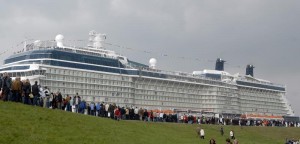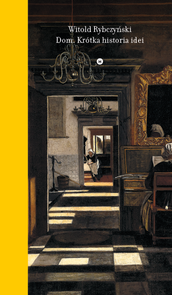THE OBAMA LIBRARY
The announcement of the seven finalists for the Obama Presidential Library in Chicago is puzzling. First of all, why such an announcement at all? It has become common practice for museums and concert halls planning new buildings to draw out the architect selection process to the max. First the announcement of a competition; then revealing a short list; then the unveiling of actual designs; then the finalists; and finally—drum roll here—the winner. This process is calculated to generate the maximum amount of media coverage and publicity to assist in fund raising. This appears unnecessary—not to say unseemly—for a presidential library.




